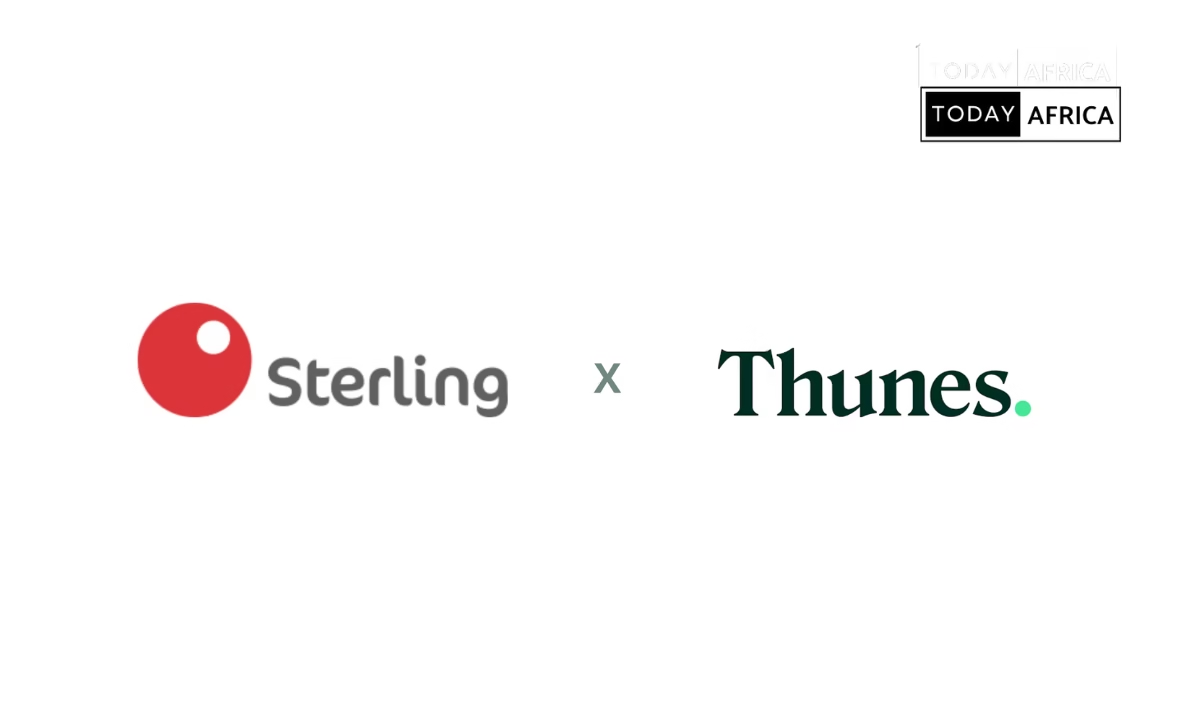Starting a business and learning all the new terms can be a real challenge, especially in a field like tech where the funding terms feels like a whole new world.
The good news is that getting a grip on these terms doesn’t just make you look knowledgeable. It equips you with the tools to make smarter choices, negotiate better deals, and guide your startup to success.
In this blog post, you’ll learn the funding terms every startup founder needs to know. It will serve as your roadmap during your funding process.
Why is it Important to Understand Funding Terms?
Here are the reasons you should understand funding terms as a startup founder.
- Knowing funding terms helps you pick the best options for your startup. When you’re clear on what each term means, you can choose the right kind of funding for your business needs.
- When you understand the language of funding, you can negotiate more effectively with investors. This knowledge can help you get better terms and deals for your startup.
- Being familiar with funding terms allows you to spot and address potential risks. This way, you can avoid problems that might come with the types of funding there is.
- Showing that you know your funding terms can make you look more professional to investors and partners. It helps build trust and shows that you’re serious about your business.
25 Funding Terms Every Startup Founder Should Know
1. Angel investor
Angel investors are affluent individuals who provide capital for startups, often in exchange for shares.
2. Series A,B,C funding
These are the stages of funding startups go through after the initial seed funding. These fundings get bigger along the way and as the startups grow. While the series A is usually the first major venture capital investment, designed to help the company expand, the series B and C boost the growth and scales up the business.
3. Term sheet
A term sheet is a non-binding document that outlines the terms and conditions of an investment deal. It includes details on the valuation of the company, the amount of investment, and the equity stake offered.
4. Valuation
Valuation refers to the process of determining the current worth of a startup. This can be crucial during funding rounds, as it impacts how much equity investors receive for their investment.
5. Equity
Equity represents ownership in a company. When investors provide funding, they often receive equity in return.

6. Cap table
A capitalization table (cap table) is a spreadsheet or table that shows the equity capitalization for a company, including all shareholders and their ownership percentages.
7. SAFE (Simple Agreement for Future Equity)
A SAFE is an agreement between an investor and a company that provides rights to the investor for future equity in the company without determining a specific price per share at the time of the initial investment.
8. Preferred stock
Preferred stock is a class of ownership that has a higher claim on the company’s assets and earnings than common stock. It often comes with special rights and privileges.
9. Common stock
Common stock is the most basic form of ownership in a company. It typically carries voting rights but has a lower priority claim on assets and earnings compared to preferred stock.
10. Pro rata rights
Pro rata rights give investors the option to maintain their ownership percentage in future funding rounds by participating in these rounds.
11. Liquidation preference
Liquidation preference determines the order and amount in which investors get paid in the event of a company sale or liquidation.
12. Vesting
Vesting is the process by which an employee or founder earns the right to their equity over time, typically over a four-year period with a one-year cliff.
13. Option pool
An option pool is a portion of a company’s equity reserved for future issuance to employees, typically as part of their compensation package.
14. Burn rate
Burn rate refers to the rate at which a company is spending its cash reserves, typically expressed as a monthly figure.
15. Runway
Runway is the amount of time a company has before it runs out of cash, based on its current burn rate and cash reserves.
16. Bridge financing
Bridge financing is short-term financing used to cover expenses until a company secures a more substantial round of funding or reaches profitability.
Read Also: 91 Startup Terms to Know as an African Entrepreneur
17. Due diligence
Due diligence is the investigation or audit of a potential investment to confirm all material facts regarding the investment opportunity.
18. Drag-along rights
Drag-along rights allow a majority shareholder to force minority shareholders to join in the sale of a company.
19. Tag-along rights
Tag-along rights allow minority shareholders to join a transaction where a majority shareholder sells their stake, typically under the same terms.
20. Pre-money valuation
Pre-money valuation is the valuation of a company before it receives new funding. It’s used to determine how much equity investors will receive in exchange for their investment.
21. Post-money valuation
Post-money valuation is the valuation of a company immediately after receiving new funding. It’s calculated by adding the new investment to the pre-money valuation.
22. Seed round
The seed round is the initial stage of funding where investors provide early capital to help a startup develop its product and business model. It’s often followed by Series A funding.
23. Equity stake
An equity stake is the percentage of ownership an investor holds in a company. It reflects the portion of the company’s equity that the investor has acquired.

24. Liquidation preference
Liquidation preference determines the order in which investors are paid if a company is sold or liquidated. It ensures that certain investors receive their investment back before others.
25. Exit strategy
An exit strategy outlines how investors will eventually realize a return on their investment. Common exit strategies include selling the company, merging with another company, or going public through an IPO.
FAQs on Funding Terms for Startup Founders
How does the burn rate affect a startup’s financial strategy?
The burn rate impacts a startup’s financial strategy by indicating how quickly it is consuming its cash reserves. A high burn rate might necessitate raising additional funds sooner or implementing cost-saving measures, while a lower burn rate can provide more flexibility in managing expenses and planning for future growth.
What are common terms included in a term sheet?
Common terms in a term sheet include the valuation of the company, the amount of investment, the type of equity being offered, the percentage of ownership, the rights and obligations of investors, and any special provisions like liquidation preferences or anti-dilution clauses.
What are liquidation preferences?
Liquidation preferences determine the order in which investors are paid if a company is sold or liquidated. Investors with higher preferences receive their investment back before other shareholders get paid.
Conclusion
Remember, understanding is key in the startup world. As you move forward in your entrepreneurial path, keep learning more about funding ideas and stay up-to-date with new trends and terms in the startup community.
If you found this article useful, we’d love to hear from you! Drop your thoughts in the comments below. And don’t forget to connect with us on our social media channels for more tech tips and valuable content. Join our community and stay updated on all the latest insights!
- Facebook: Today Africa
- Instagram: Today Africa
- Twitter: Today Africa
- LinkedIn: Today Africa
- YouTube: Today Africa Studio
















